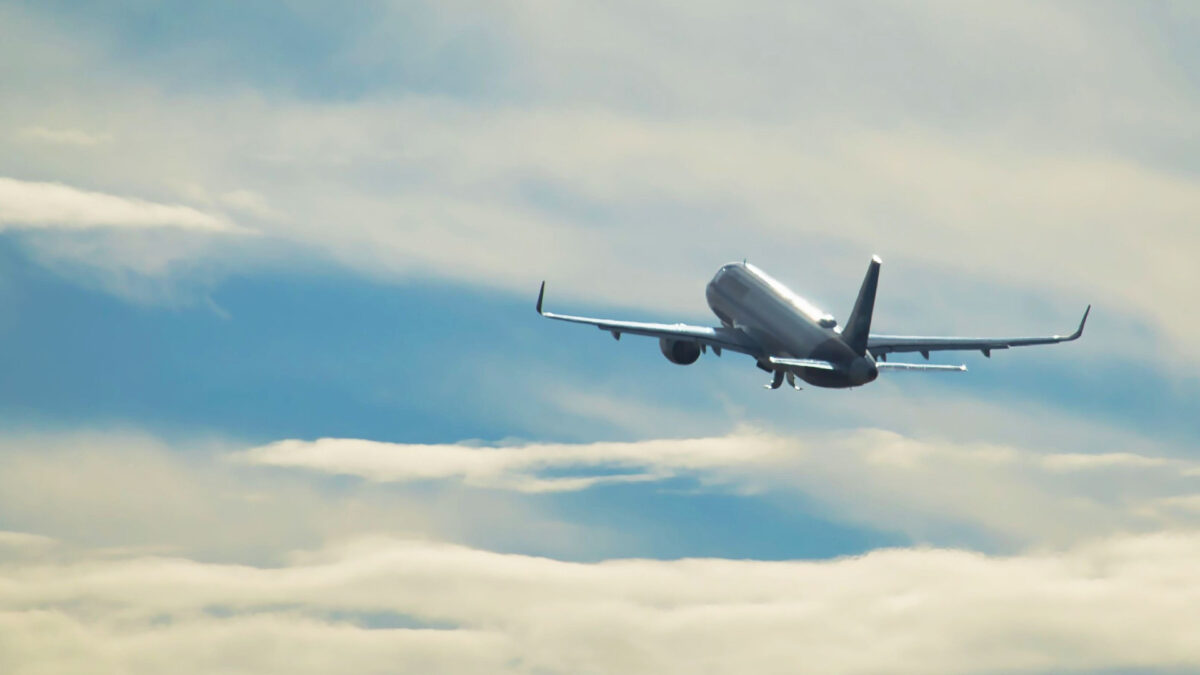The Cybersecurity Risks of Airplane Wi‑Fi
Wi‑Fi is now the norm on most planes. The convenience of in-flight WiFi is now punctuated by Teams and Slack DMs, emergency requests, and urgent email notifications. With my last refuge of ‘connectivity’ gone, a new question emerges: Should we have cybersecurity concerns about airplane Wi‑Fi?
The answer is clear: yes, it is not safe.
Recent federal advisories have highlighted serious cybersecurity risks associated with in‑flight Wi‑Fi. Demonstrations have shown how easy it is for hackers to set up a rogue Wi‑Fi access point (AP) and trick unsuspecting travelers into connecting. Even at 40,000 feet, a malicious actor can stage a “person‑in‑the‑middle” attack and intercept your data.
Understanding the Risks
Airplane Wi‑Fi may keep you connected, but it also exposes you to several cybersecurity threats. A federal advisory issued in July 2024 warned that most in‑flight networks are unencrypted, making it easy for attackers to intercept communications between passengers and the Internet. In addition, rogue Wi‑Fi networks can be easily created using cheap equipment, and weak network security configurations compound the problem.
Common Risks from Airplane Wi‑Fi Networks:
- Man‑in‑the‑Middle (MITM) Attacks — Hackers can intercept communication between your device and the network, capturing passwords, personal information, and even credit card details.
- Malware Infections — Rogue Wi‑Fi networks can deliver malware to your device while still letting you browse normally.
- Lack of Encryption — Many airplane networks don’t enforce strong encryption, leaving your communications exposed to eavesdropping.
- Device Vulnerabilities — Many travelers use unpatched systems with open ports and services enabled, creating easy entry points for attackers on the same network.
How to Protect Yourself on In‑Flight Wi‑Fi
While the risks are real, several precautions can drastically reduce your exposure:
- Use a VPN — Encrypts all traffic, preventing eavesdropping and attacks.
- Use Trusted DNS Providers — Hard‑code your DNS to reputable services like Cloudflare or Google.
- Avoid Sensitive Transactions — Skip banking, payments, or confidential work without a VPN.
- Keep Devices Updated — Apply security patches regularly.
- Enable Two‑Factor Authentication — Protects accounts even if passwords are compromised.
- Turn Off Sharing & Bluetooth — Prevents unauthorized connections.
- Verify the Network Name — Confirm SSID with flight crew.
- Use HTTPS & Encrypted Apps — Stick to secure sites and end‑to‑end encrypted messaging.
The Future of Airline Wi‑Fi Security
Federal agencies have urged airlines to strengthen in‑flight network protection through stronger encryption, multi‑factor authentication, and rogue access‑point monitoring. Until those measures are adopted, passengers must take responsibility for their own cybersecurity and treat airplane Wi‑Fi as a public, untrusted network.
Final Thoughts
Airplane Wi‑Fi can make travel more productive, but it brings real cybersecurity risks. Man‑in‑the‑Middle attacks, malware infections, and unencrypted data transfers can all occur mid‑flight. Awareness and preparation are your best defenses. Use a VPN, avoid sensitive transactions, keep devices updated, and disable unnecessary features.
Fly high, stay wise—protect your data and avoid costly surprises.

